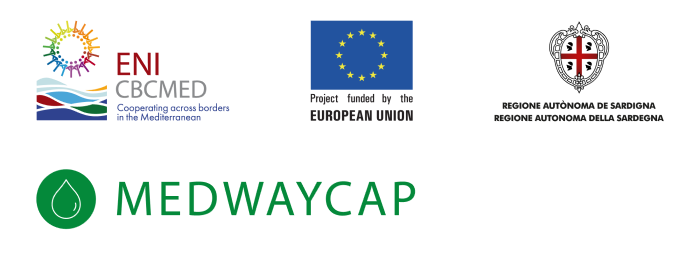First Name:
Cheima
Last Name:
FERSI
Type of BP
Implementation & management solutions
Typology of Non- Conventional Water Resources (NCWR) What kind of NCWR do you deal with ?:
Brackish water (BrW), Municipal wastewater (MWW), Black Water (BW)
What are the challenges raised by your Best Practice?
Environmental pollution, Low sustainability of the treatment system, Operational conditions not optimised, Low management scheme, Vulnerability to climate Change
How could you describe your Best Practice?
Decentralized treatment wetlands for sustainable water management in rural and remote areas of semi-arid regions
Please describe your Best Practice in 5 keywords?
Climate, Environment, Sustainability, Ecology, Nature Conservation
In which area has your Best Practice been implemented ?
Natural ecosystem
Best Practice location implementation (Country)
Egypt
Localisation
POINT (33.6742 27.3843)
Who are the beneficiaries and/or the target group of your Best Practice ?
Local Population
f the Best Practice has been implemented within a partnership, who were your partners ?
University of Berlin, University Mohamed V Morroco, Zagazig University Egypt
Have you involved stakeholders?
No
What are the obstacles to implementation of Best Practice ?
Isuffi cient funding instruments to support solution for NCW, Lack of public acceptance of water reuse
Did you receive funding for the research and development of the proposed BP?
Yes
Please indicate the source of funding
EU funding, National funding
Has your Best Practice been validated/upscaled?
in germany
Is there the potential to exploit/outscale the Best Practice?
Yes
Do you have or know any platform of sharing Best Practice that you would like to link to this inventory platform?
No
Does your Best Practice contribute to an innovation? If so, please provide a short description of the innovative component
CWs are engineered systems designed to utilize natural processes within the ecosystem vegetation-soilmicroorganisms to achieve polluted water or WW treatment. A combination of physic-chemical processes and intensive biological activity in the soil, roots and plants transforms pollutants to non-hazardous byproducts or essential nutrients.
What technolog(ies) and/or tool(s) has(ve) been used for your Best Practice ?
Constructed Wetlands
Please indicate the acronyms of used &/or developed technologies/Tools
CWs
Please indicate the TRL associated with your Best Practice
TRL7 : System prototype demonstration in operational environment
Flow rate (m3/day)
275.00
Flow rate (m3/day) of treated NCW
150.00
Flow rate of treated NCW
100-200 L/day
Field irrigation, Recycling
What is the quantity of treated NCW generated by the Best Practice that has been sold to the user (m3/day) ?
150.00
What is the quantity of treated NCW generated by the Best Practice that has been sold to the user (m3/day) ?
100-200 L/day
Is your Best Practice economically viable ?
10
Is your Best Practice environmentally sustainable ?
10
Please indicate the other various social impact of your Best Practice :
Preservation of living environment, Sustaining natural ecosystems
What the improvement is induced by your Best Practice Solution?
Cost reduction, Increase positive impact (social/economic/environmental effects), Quality improvement of the produced water, Increase in reuse possibilities
To which Sustainable Development Goals (SDGs) your Best Practice contributes?
SDG6: Clean Water and Sanitation, SDG10: Reduced Inequality, SDG11: Sustainable Cities and Communities, SDG12: Responsible Consumption and Production, SDG13: Climate Action, SDG14: Life Below Water
